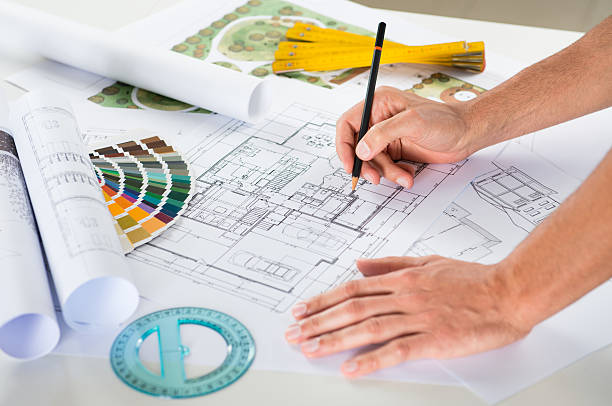Evaluating the success of a Structural Design Project involves assessing various aspects that ensure the project meets the desired goals and objectives. Here are key factors to consider:
1. Safety and Compliance
- Adherence to Codes and Standards: The design must comply with local building codes and safety regulations. Ensuring that the structure meets legal requirements is essential for preventing legal issues and ensuring public safety.
- Risk Management: Assess if the design effectively addresses potential risks, such as natural disasters (earthquakes, floods, wind loads) or man-made risks (fire hazards, explosions). Proper risk management is a sign of a successful design.
2. Structural Integrity and Performance
- Durability: Evaluate the long-term durability of the structure. The design should ensure that the building can withstand external forces and environmental conditions over its expected lifespan.
- Load-Bearing Capacity: The design must handle the intended loads without issues. This includes static loads (e.g., building weight, furniture) and dynamic loads (e.g., wind, people, equipment).
3. Cost Efficiency
- Budget Adherence: Check if the project was completed within the allocated budget. Cost overruns can indicate poor planning or unexpected issues.
- Cost-Effective Design Solutions: The use of cost-effective materials and construction techniques without compromising quality reflects a successful design.
4. Timely Completion
- Project Schedule: A successful project meets or beats deadlines. Delays can affect the overall viability and cost of the project. Timely completion is often an indicator of efficient project management.
5. Aesthetic Appeal
- Design Quality: Beyond functionality, the aesthetic appeal of the structure is also important. A design that successfully integrates form with function, creating a visually pleasing structure, can be seen as a success.
- Client Satisfaction: The client’s approval of the aesthetic elements is crucial. It reflects how well the design meets the initial vision.
6. Sustainability
- Energy Efficiency: A design that incorporates sustainable practices, such as energy-efficient lighting, HVAC systems, and insulation, is considered successful in today’s environmentally conscious market.
- Sustainable Materials: Using environmentally friendly and sustainable materials can enhance the success of a structural design project by reducing its carbon footprint.
7. Flexibility and Adaptability
- Future Expansion: Evaluate if the design allows for future modifications or expansions. A flexible design can adapt to changing needs, which adds to its long-term success.
- Multifunctional Use: If the structure can serve multiple purposes or can be easily modified to meet different needs, it adds value to the design.
8. Client and Stakeholder Feedback
- Satisfaction: Client and stakeholder feedback is a key indicator of project success. A design that meets or exceeds client expectations is likely to be viewed as successful.
- Post-Occupancy Evaluation: Feedback from occupants and users of the structure can provide insights into how well the design performs in real-world conditions.
9. Innovation
- New Technologies: Implementing new technologies or innovative solutions can set the design apart. If the project has introduced new materials, construction techniques, or smart systems, it may be considered more successful.
- Problem-Solving: The ability of the design to overcome unique challenges effectively can also be a measure of success.
Conclusion
Evaluating the success of a structural design project involves a comprehensive review of safety, performance, cost, aesthetics, sustainability, and client satisfaction. By assessing these factors, project managers and stakeholders can determine if the design has achieved its goals and can apply the lessons learned to future projects.
